
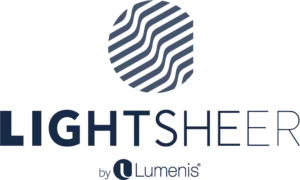
Lāzerepilācija Āgenskalnā
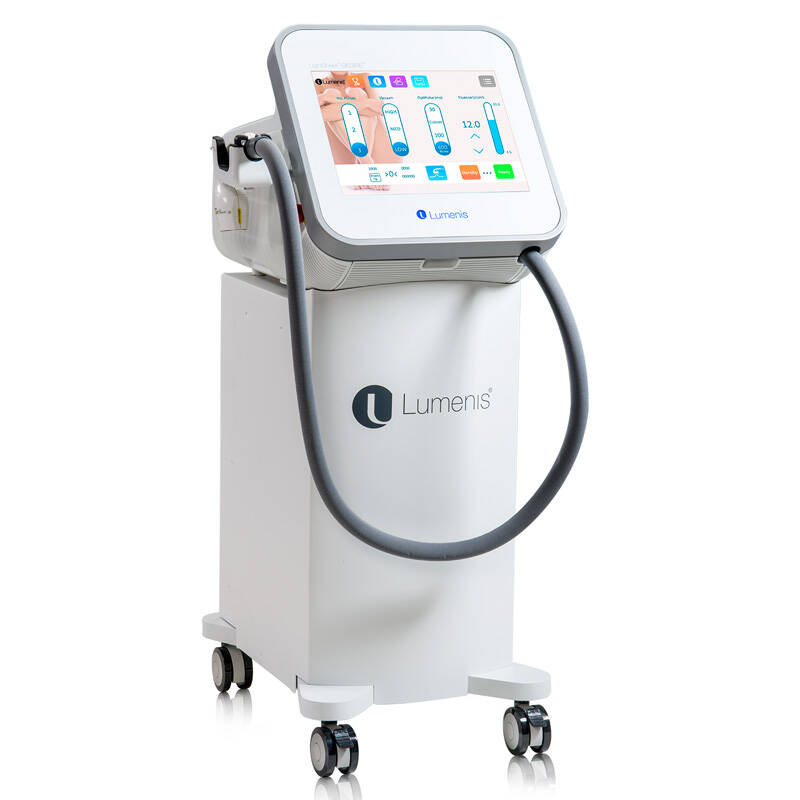
Lumenis LightSheer DESIRE
- Fast, painless and effective.
- Provides maximum comfort during the procedure.
- Large processing area during one pulse.
- Lumenis is a recognized brand in the world of aesthetic laser technologies.
Content

Be of
Peaceful Mind
For many of us, hair removal is part of our daily routine. Whether you opt for shaving or waxing, epilation or hair removal cream, it can be a painful, complicated and inefficient process, as well as very time-consuming. LightSheer® laser hair removal is different. It uses clinically proven diode laser technology to permanently, conveniently and effectively remove unwanted hair.
- Permanent result
- Comfort during the procedure
- Short procedure time
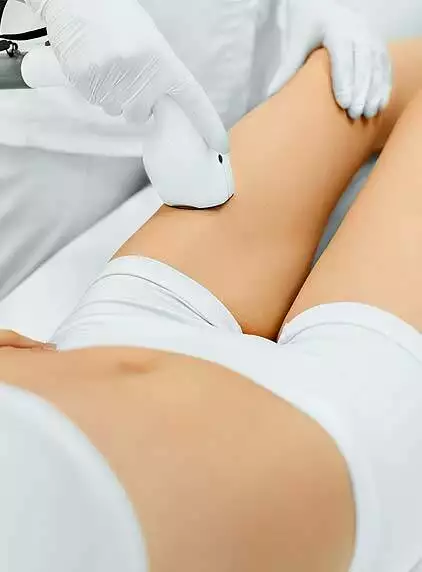
Choose
Comfort
LightSheer is both convenient and effective. It features two Lumenis LightSheer DESIRE-patented laser hair removal technologies:
- High Speed vacuum technology uses a unique vacuum mechanism that acts on sensory receptors in the skin with pressure, resulting in a reduced sensation of heat during treatment.
- ChillTip™ technology uses a sapphire cooling system that continuously cools the skin to make the procedure more pleasant.
Specialist will adjust the procedure depending on the area of the body and your skin and hair type.

Get
Lasting Results
LightSheer is suitable for all skin types, most body areas and hair types. Laser therapy is more effective when the hair is in the early stages of growth. Since not all hair will be at the same stage, multiple treatment sessions will be required to achieve lasting* results. LightSheer clients and practitioners report high levels of satisfaction and long-term effectiveness after completing a course of laser hair removal.
*Hair reduction is defined as a long-term, stable reduction in the number of re-growing hairs measured 6, 9 and 12 months after completing a course of laser hair removal.
High Speed vacuum technology
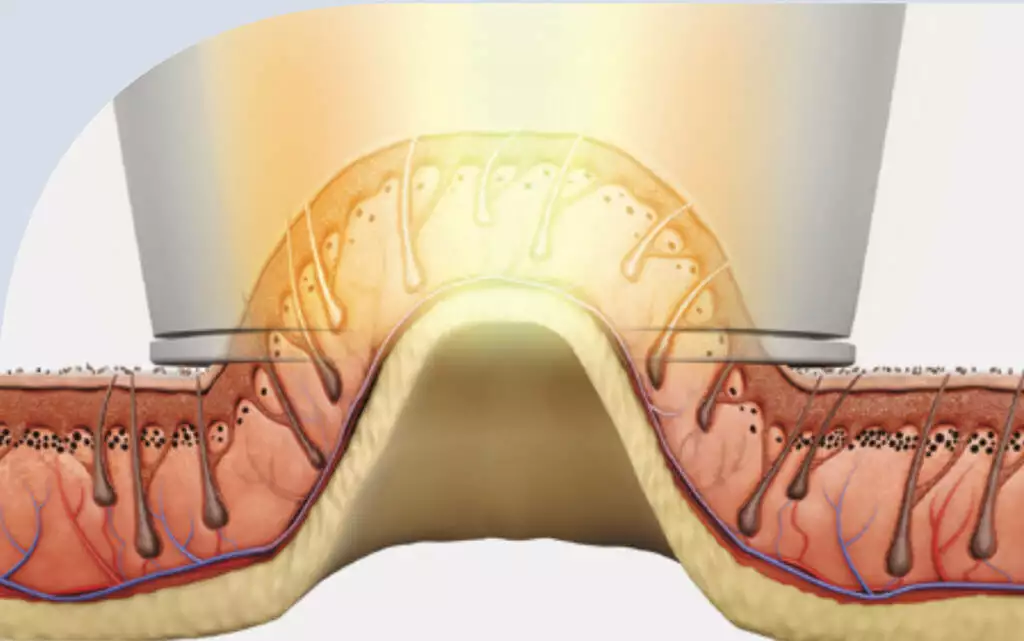
Vacuum technology involves suctioning the skin to lift and slightly stretch the skin. By doing this, the laser achieves maximum effect on the hair follicles.
ChillTip™ cooling technology
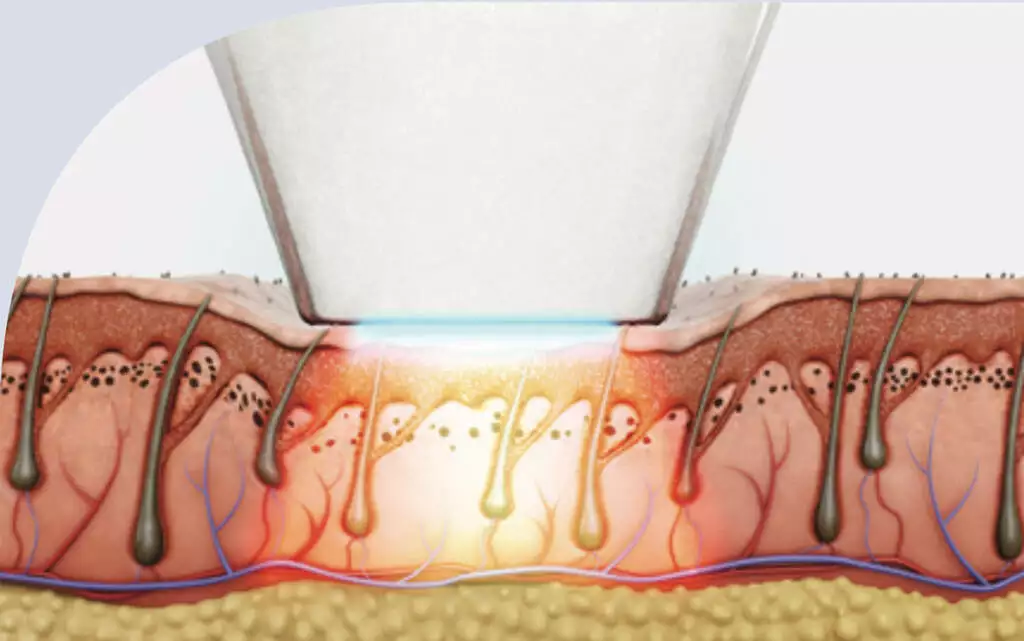
ChillTip™ cools and protects the skin while the laser beam treats the hair follicle.
Pricelist
Maksā par pakalpojumu mūsu mājaslapā un saņem 30% atlaidi
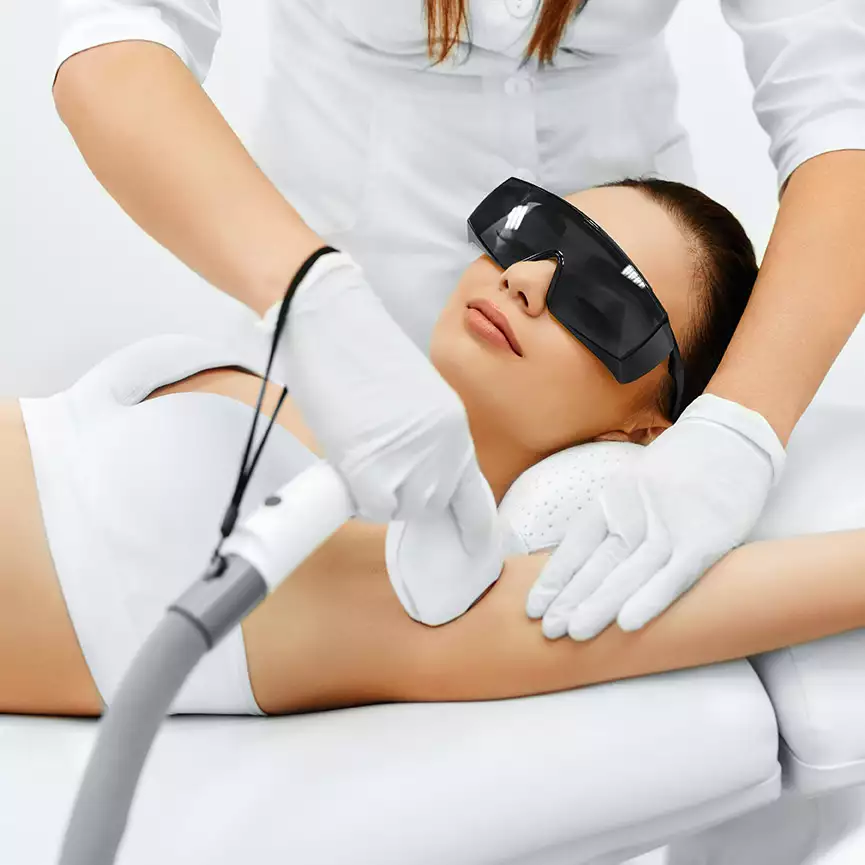
Hands
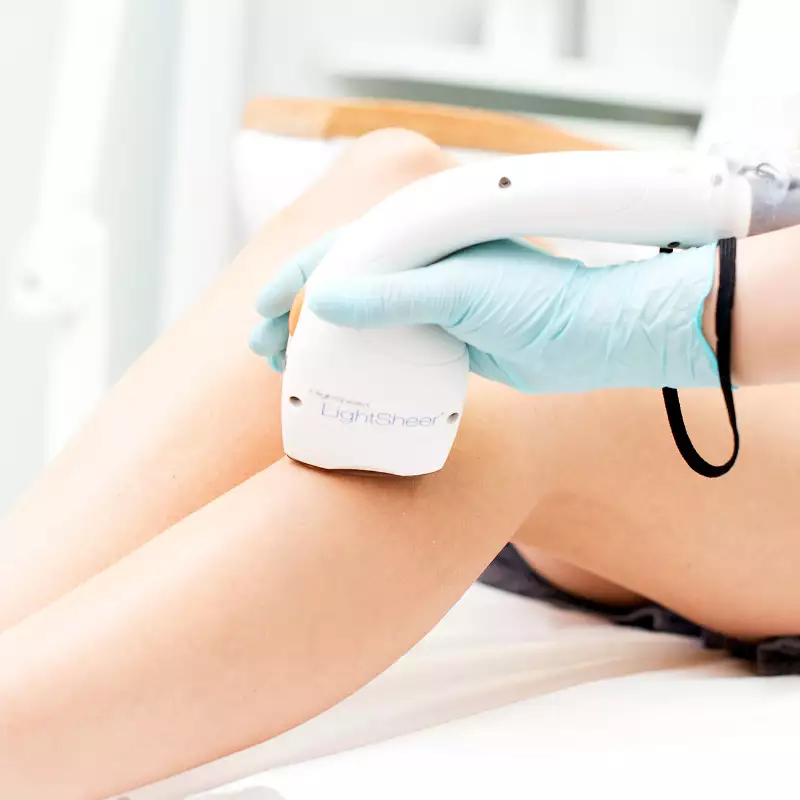
Legs

Delicate areas
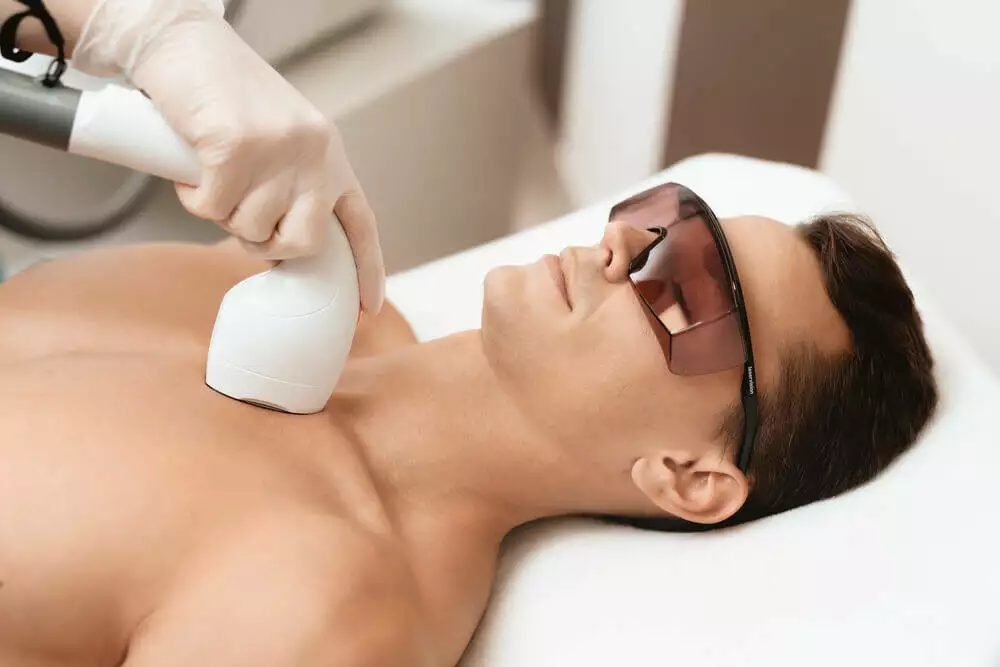
Body
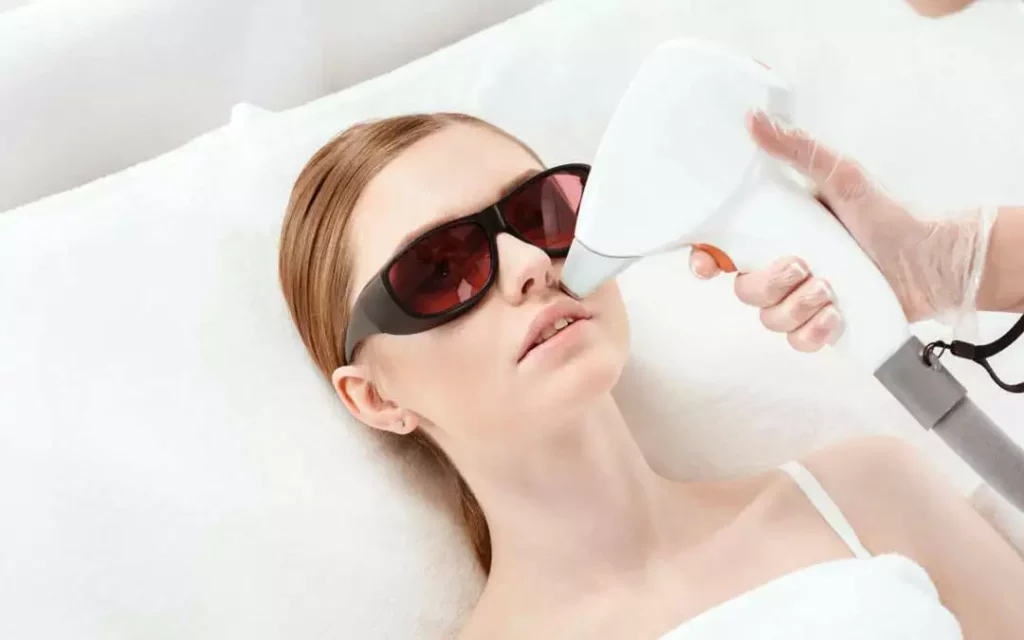
Face
*The price may change depending on the area of the treated area and the density of the hair. The evaluation is done by a laser hair removal specialist before the procedure
Results
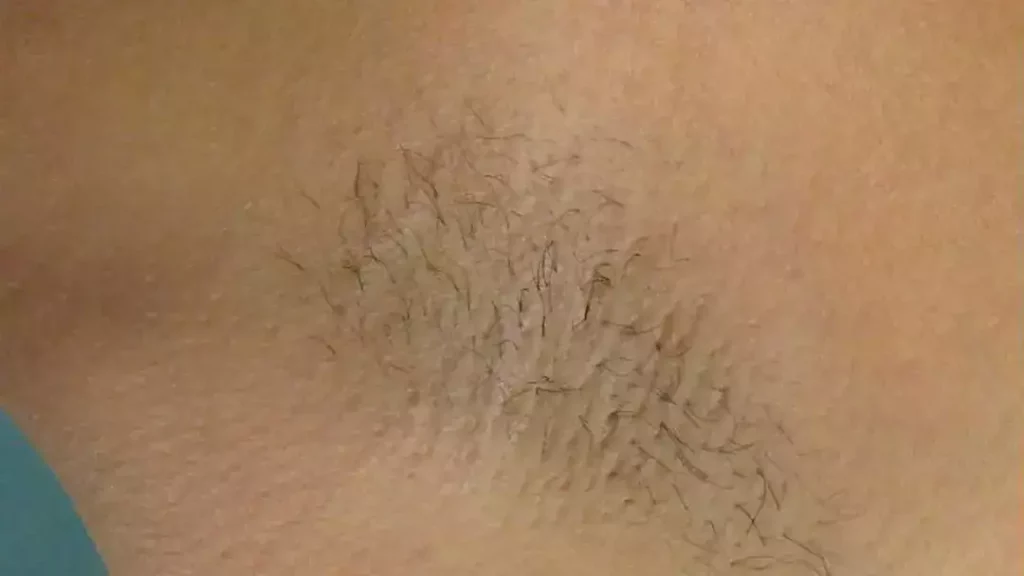
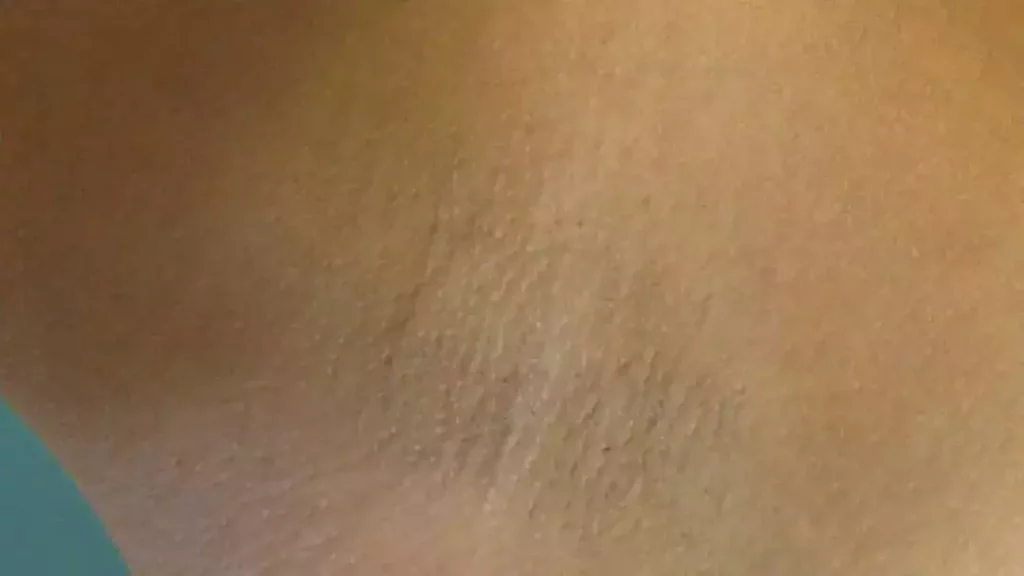
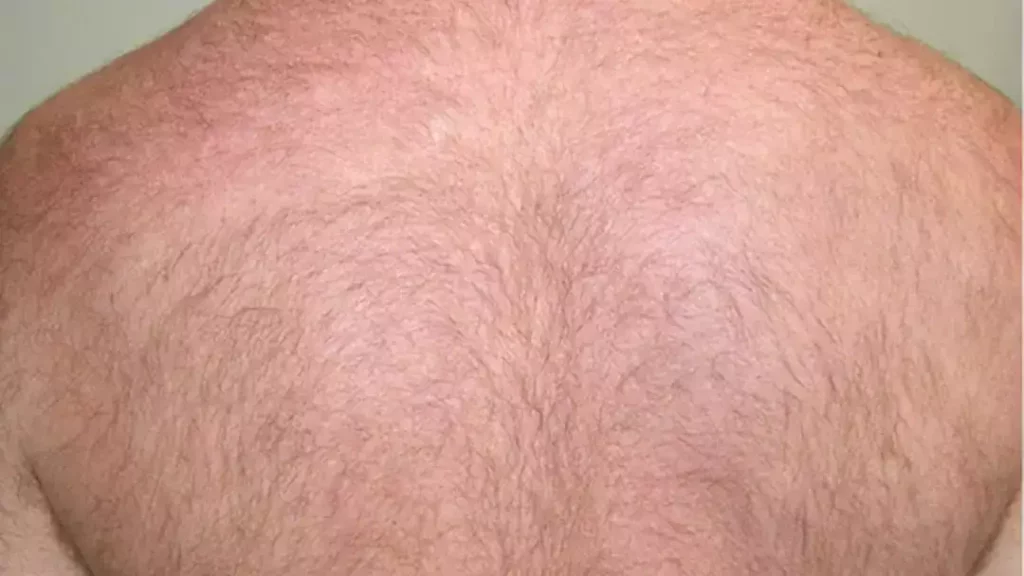
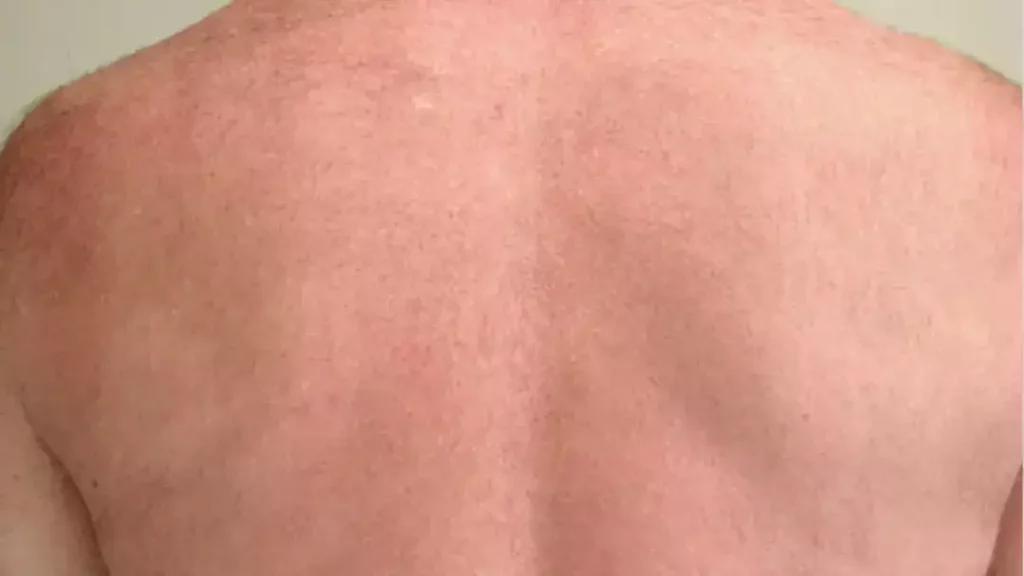
Frequently asked questions
Choosing the right solution for you is the first step towards becoming more confident. And that starts with confidence in your treatment choices. LightSheer uses clinically proven diode laser technology to permanently, conveniently and effectively remove unwanted hair. Talk to your treatment provider to make sure you understand all the possible side effects of laser hair removal. Handling the test patch should be part of your preparation.
During the procedure, the device emits harmless light waves with a length of 802 nm. Its main difference is the duration of the pulse. Most systems use a short laser wave, LightSheer DESIRE generates a spirit that does not damage the skin. It directly heats the hair follicle itself, which leads to its destruction. Thanks to this technology, you can permanently remove hair in just 4-6 procedures. The vacuum enhancement system draws the skin close to the radiation source, which accelerates the action of the laser beam and significantly reduces discomfort during epilation. Also, the device is equipped with a skin surface cooling system. This detail makes the procedure as comfortable as possible.
• Matiņi pirms procedūras ir jānoskuj 1 dienu pirms procedūras.
• It is not recommended to sunbathe and visit the solarium for 2 to 3 weeks before the procedure, as there is a high risk of unwanted pigmentation and skin burns.
• Two weeks before the procedure, hairs must not be pulled out with wax, tweezers or depilator.
• After the procedure, the treated skin area should not be moistened for at least 6 hours.
• Skin irritation usually passes during the first day, however, it can rarely persist for two or three days after the procedure, folliculitis may occur.
• 2-4 weeks after epilation, you should not stay in open sunlight and visit the solarium, as there is a high risk of unwanted pigmentation and skin burns.
• In the summer, use creams with a protective filter against the sun's ultraviolet radiation (SPF 50) on the exposed parts of the body where laser hair removal has been performed.
• Refrain from visiting the sauna, swimming pool and gym for 3 days.
• Do not use alcohol-based lotions, irritating deodorants or exfoliate for 2-3 days.
Before the procedure, the specialist must tell his client about all contraindications and possible consequences. The client, in turn, provides information about his illnesses and medications. This will help to avoid misunderstandings and problems in the future, and will help to achieve the desired result - smooth and healthy skin - much more effectively! Many of these contraindications are of a temporary nature, which means that the procedure will most likely simply have to be rescheduled.
• Pregnancy and breastfeeding - no matter how difficult it is physically for a pregnant woman to get rid of hair, the hormonal background during pregnancy is so unstable and the skin is sensitive that for these reasons the process will be more painful and the risk of pigmentation will be higher. The effect of the laser beam on the expectant child has also not been studied. Therefore, it is better to wait and perform the procedure after childbirth
• Age below 18 years - children generally lack the dark pigment or melanin in their hair, so the procedure would make no sense at all. On the other hand, at the age of puberty, when active hair growth begins around the age of 12-13, the adolescent's body is already overloaded with hormones and other changes. It is better to let it deal with the started processes and think about the hairs afterwards.
• Tanned skin – you should not sunbathe either before or after hair removal for at least 2 weeks (including in the solarium or using self-tanning products). First of all, sun-exposed skin is drier and more sensitive, and can become inflamed after epilation. Secondly, the result will be better when working with dark hair on light skin, and not the other way around.
• Bioepilation or waxing - at least 30 days must pass after treating the hair with wax or sugar paste, as these types of hair removal destroy the roots of the hair and laser hair removal will simply be ineffective.
• Signs of inflammation in the treated skin area – for example, in the case of foculitis, the infection can spread further after epilation. In addition, when the infection is present in the body, the immunity decreases, which also slows down tissue healing. The use of laser epilation in conditions of inflammatory processes can also cause pigmentation.
• Skin damage – there should be no peeling, no burn marks, no allergic inflammations, injuries and micro-injuries on the selected skin area. Otherwise, epilation will be ineffective, while the condition of skin diseases and damage can only worsen.
• Use of medications that cause sensitivity to light – including pain relievers, antibiotics, anti-inflammatory, heart or liver medications, hormonal contraception, anti-depressants, tranquilizers and many, many others, as well as allergy ointments, antiseptics and even anti-aging creams.. All of these can cause skin reactions, e.g. , rashes, redness, pigmentation spots.
• Acute infectious diseases – flu, herpes virus and others weaken immunity. Likewise, laser epilation should not be performed during fungal diseases.
Chronic skin diseases: psoriasis, atopic dermatitis, etc.
• Autoimmune diseases: systemic lupus erythematosus, rheumatoid arthritis
• Family history of vitiligo (white spot disease).
• Diabetes
• Oncological diseases
• HIV and AIDS
• Keloid scars
• History of herpes (can be exacerbated by laser exposure)
• Allergy to light and sun
• A course of chemotherapy or radiotherapy procedures
• Psychoemotional instability (laser procedures can cause a peculiar stress and hormonal imbalance)
• Diseases of internal organs
• Tattoo on the area of the body to be treated, but it can be covered and not treated
• Epilepsy
• Let's face it, these aren't all that common, and it's very possible that you don't have any of them. If you feel healthy, then definitely consider laser hair removal – a procedure that will free you for a long time from other, less effective and more painful methods of getting rid of ingrown hairs!
After the procedure, there may be a slight redness of the treated area, which will pass within the next few hours?